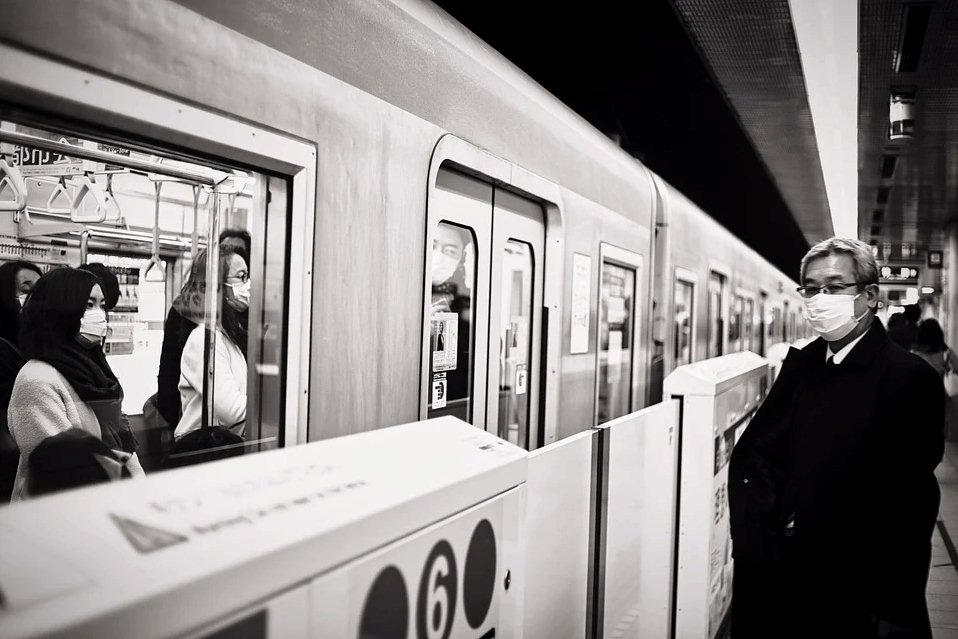
The New York City metropolitan area was hard hit by COVID-19, and the pandemic brought with it unprecedented challenges for New York City Transit. Previously dependable approaches to monitor ridership suddenly became unavailable (e.g., local bus payment data, field checks). We were tasked to quickly modify existing processes to provide new methods to monitor and estimate dramatically changing ridership. The existing ridership estimation service assignment model considers factors such as comfort, crowding, time spent on platforms or trains, the number of transfers required, and many other factors to create appropriate weights when trying to determine the train or combination of trains used by an individual to complete a trip. As COVID-19 disrupted day to day subway operations and altered travel behaviors, many aspects of the model were updated. In addition to data cleaning to deal with unusual train movement data resulting from service pattern changes, the “crowding penalties” that accounted for passenger aversion to crowding also needed recalibration based on manual observations. Based on this model, service planning staff were able to quickly adapt service to changing ridership patterns; we were able to give special consideration to neighborhoods with lower incomes and higher employment in healthcare and other “essential” industries, and account for the shift towards a “flatter” ridership across the day, with AM peak dropping significantly relative to total ridership.
Related Publications: